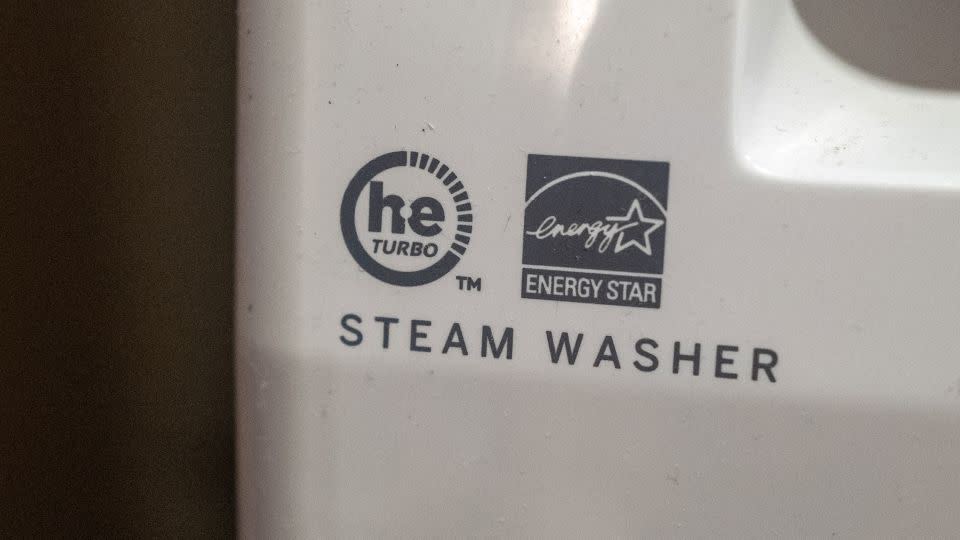Why Protecting the Energy Star Program Matters for Every Homeowner

Energy costs are on the rise, and so is public interest in energy-saving solutions. That’s why the Energy Star program has long been a trusted symbol for consumers seeking efficient home appliances and electronics. But recent news suggests this vital program is at risk. What does this mean for American families and the environment?
What Is the Energy Star Program?
Launched in 1992, the Energy Star program set a national standard for energy efficiency. Products carrying the Energy Star label—like refrigerators, washing machines, air conditioners, and electronics—use significantly less energy than their non-certified counterparts. As a result, households save money, and the environment benefits from reduced emissions.
With over 90% of Americans recognizing the Energy Star label, the program is clearly valued across the country. According to supporters, for every federal dollar invested, families save an impressive $350 in energy costs each year.
Why Is the Energy Star Program at Risk?
Recent reports have revealed that the Trump administration is considering shutting down the Energy Star program along with other Environmental Protection Agency (EPA) divisions focused on climate protection. This move, as detailed in a CNN report, could impact not just the certification of energy-efficient products but also government efforts to curb greenhouse gas emissions.
Joe Goffman, who led the EPA’s Office of Air and Radiation under the Biden administration, described Energy Star as “nearly universally supported” by manufacturers, retailers, builders, and consumers. Discontinuing it could disrupt consumer trust and hinder efforts to cut household energy expenses.
For more details about the potential changes and their impact, this AOL article dives deeper into the administration’s plans and the bipartisan calls to preserve the program.
The Benefits of Energy Star for Consumers and the Environment
The core benefit of an Energy Star appliance is efficiency. Homes that use certified products can reduce their utility bills and carbon footprint. In aggregate, the program has helped American families save over $40 billion in annual energy costs. Supporting this initiative means encouraging both financial savings and a healthier planet.
Additionally, Energy Star has spurred innovation among manufacturers, making energy-efficient technologies more accessible and affordable for everyone.
What Could Happen If Energy Star Disappears?
Without the Energy Star program, consumers might lose access to clear, trustworthy guidance on efficient products. Manufacturers could also face less incentive to innovate or meet high energy performance standards. This could lead to higher costs and increased emissions, affecting both budgets and health.
The potential closure of the Energy Star program is part of broader policy changes that may impact climate initiatives and household expenses across the U.S.
How Can You Support Energy Efficiency?
Stay informed about changes to energy efficiency programs. When shopping for appliances, prioritize those that meet high energy-efficiency standards. Let policymakers know that saving energy and money is important to you and your community.
Conclusion
The Energy Star program has helped millions of households save money and energy while benefiting the environment. As its future faces uncertainty, it is more important than ever to understand the role that energy-efficient products play in everyday life. Supporting energy efficiency isn’t just smart for your wallet—it’s an investment in a sustainable future.